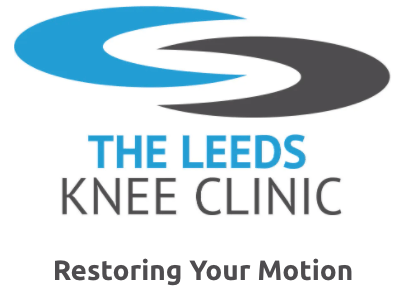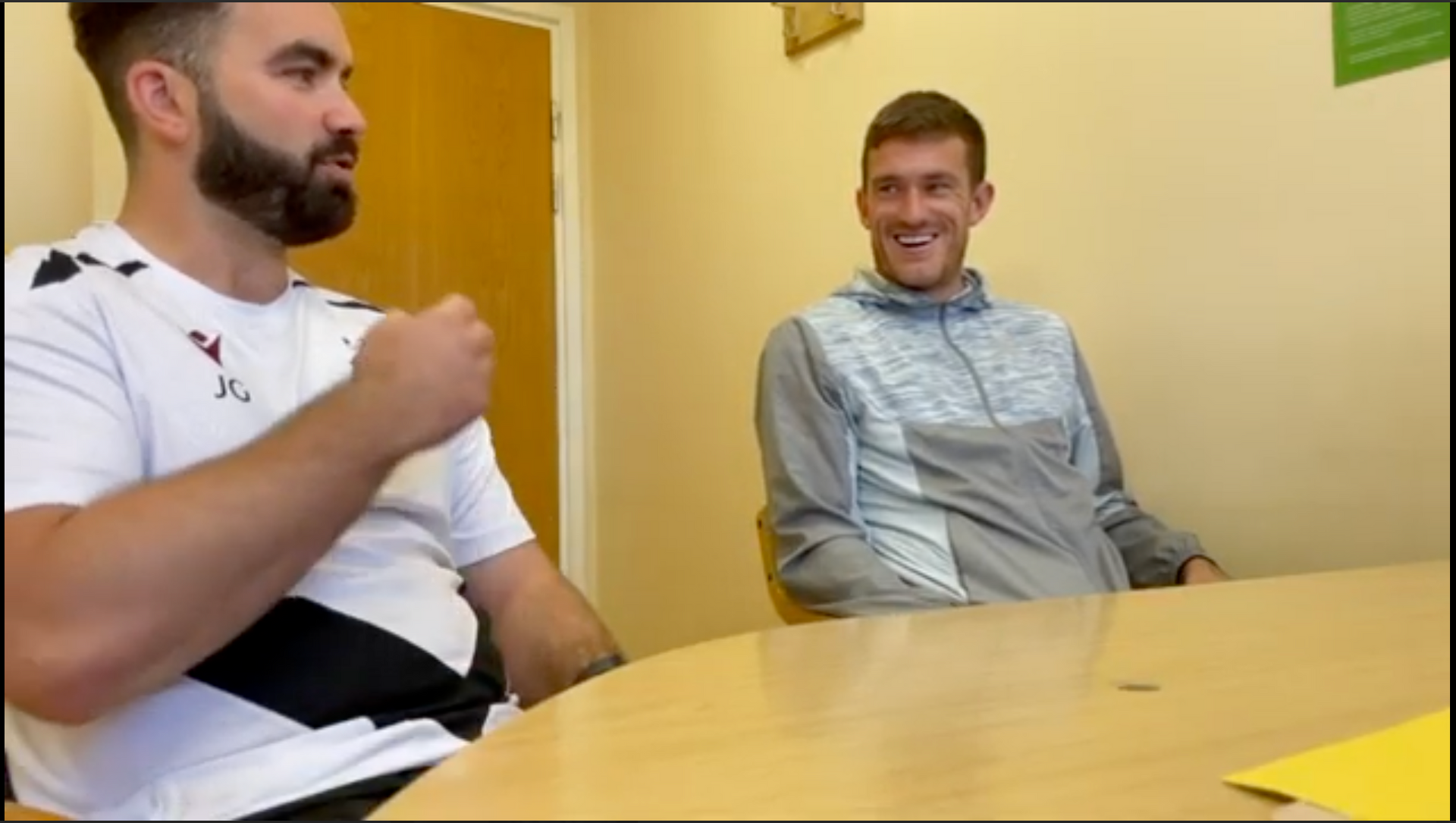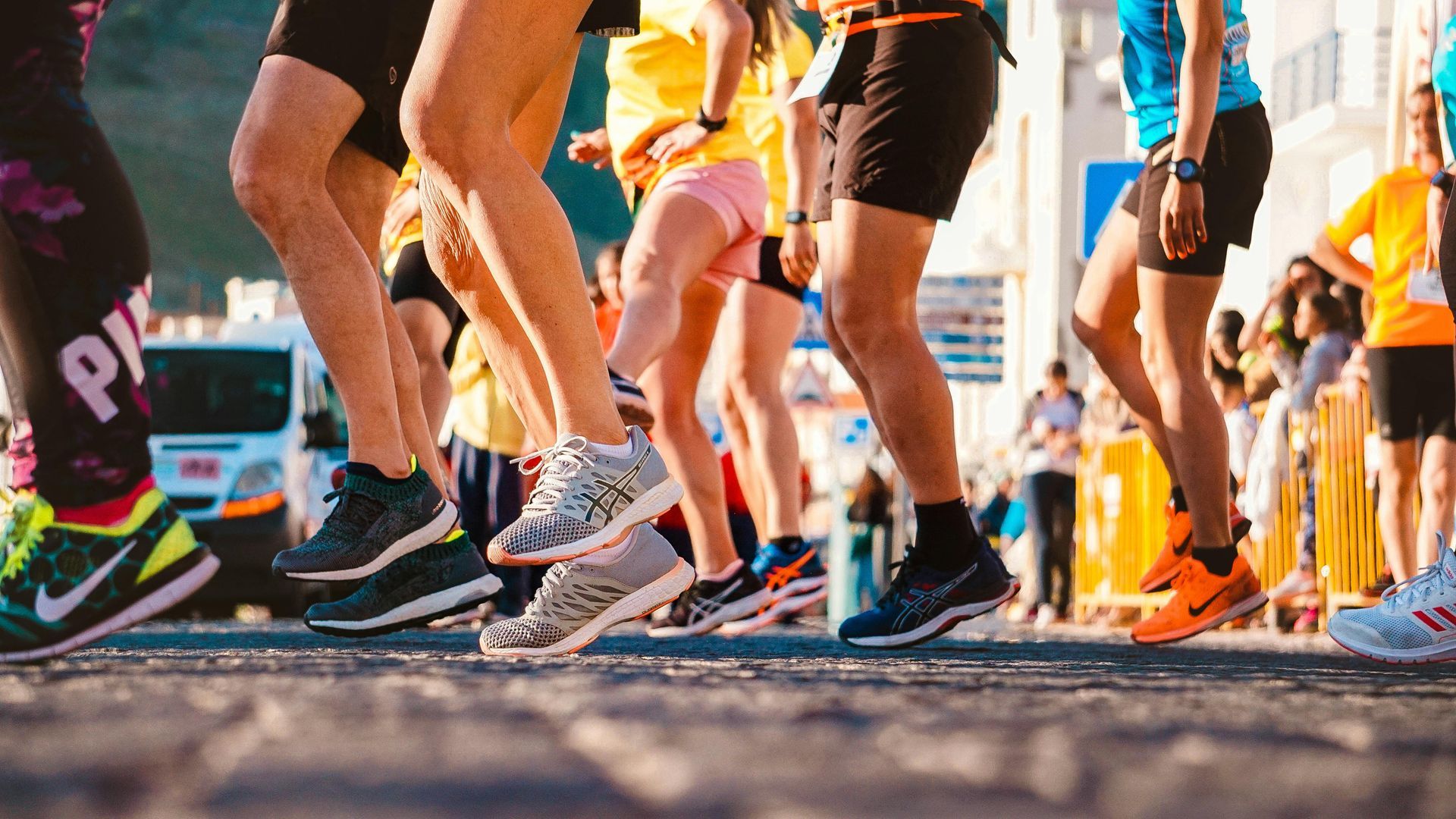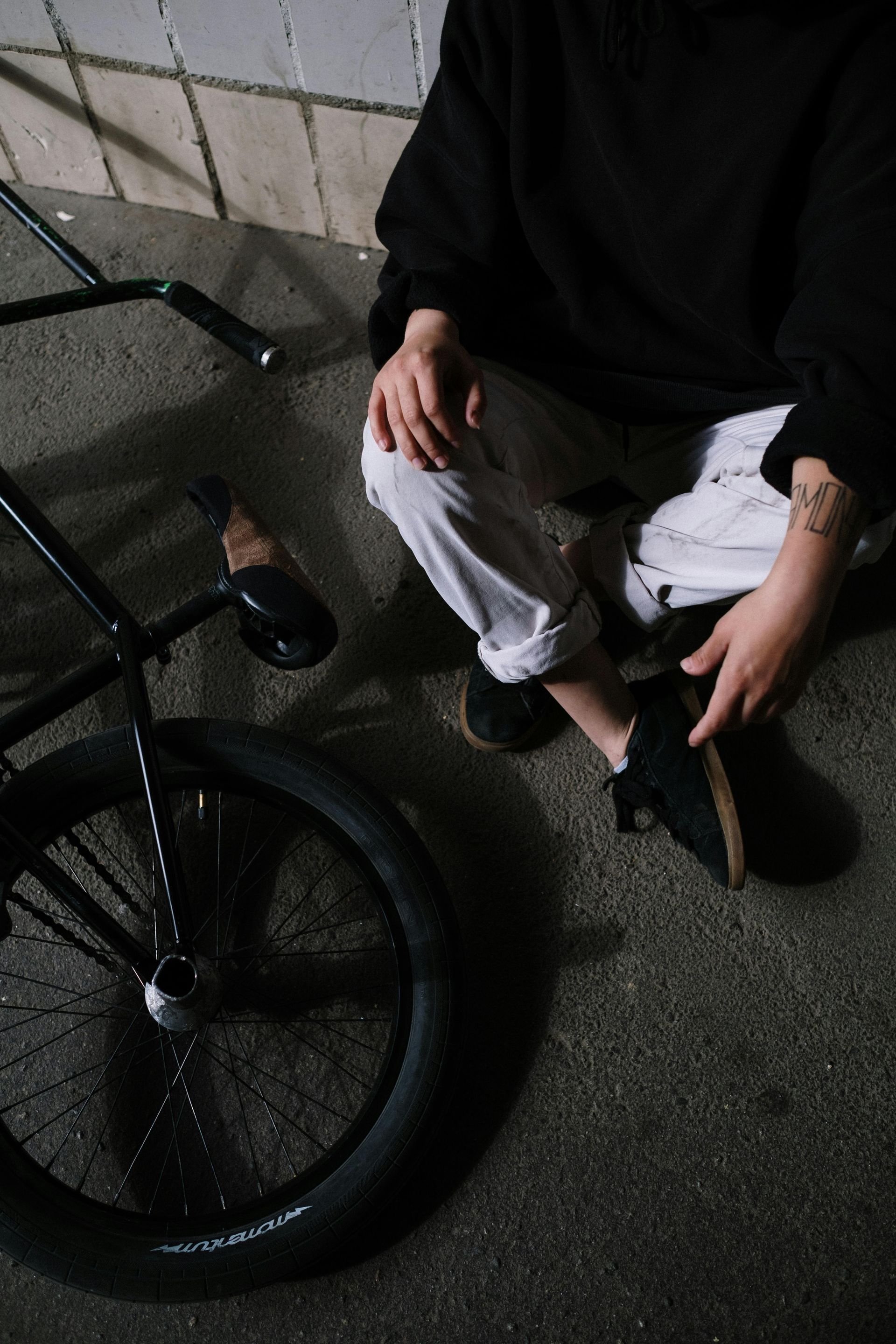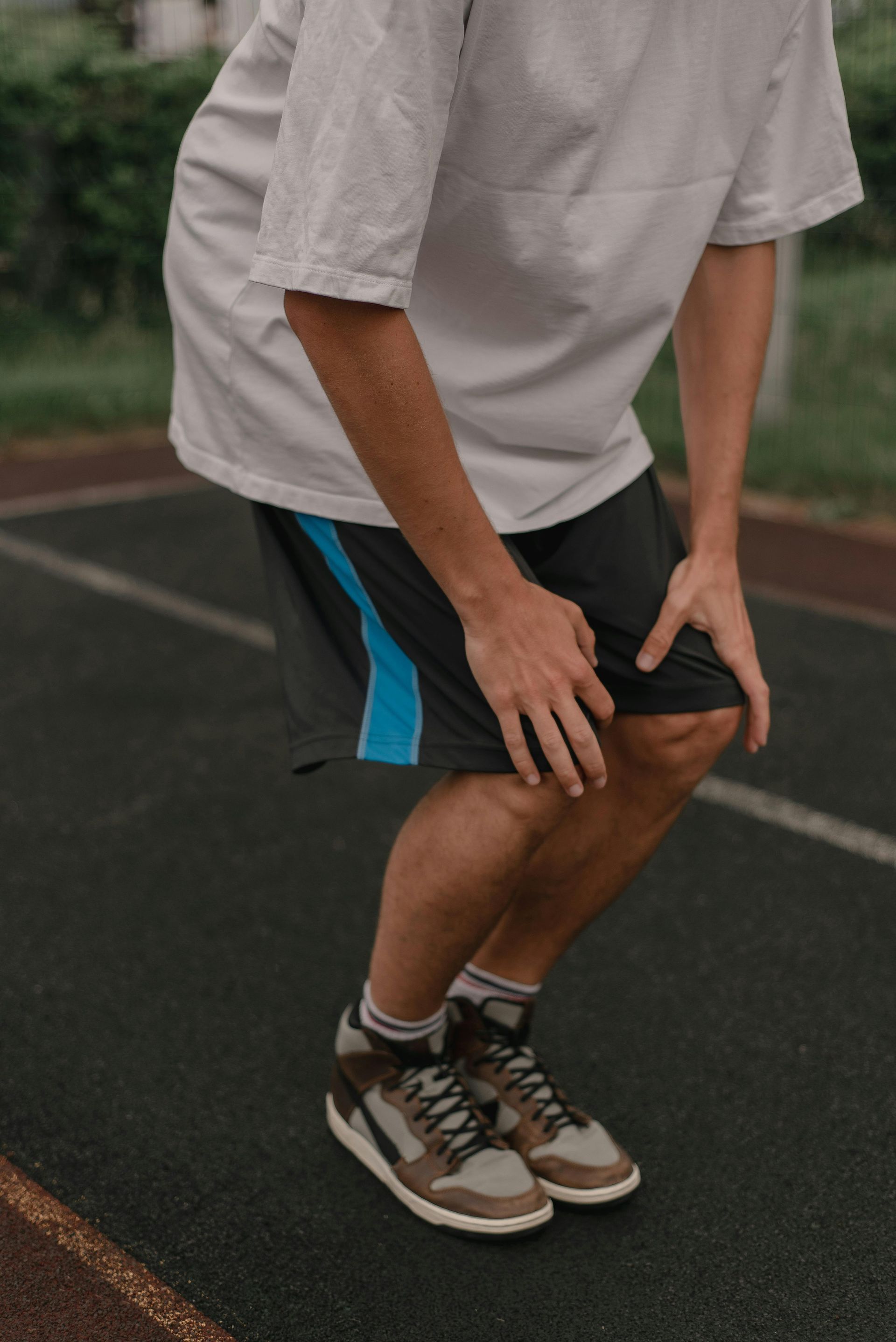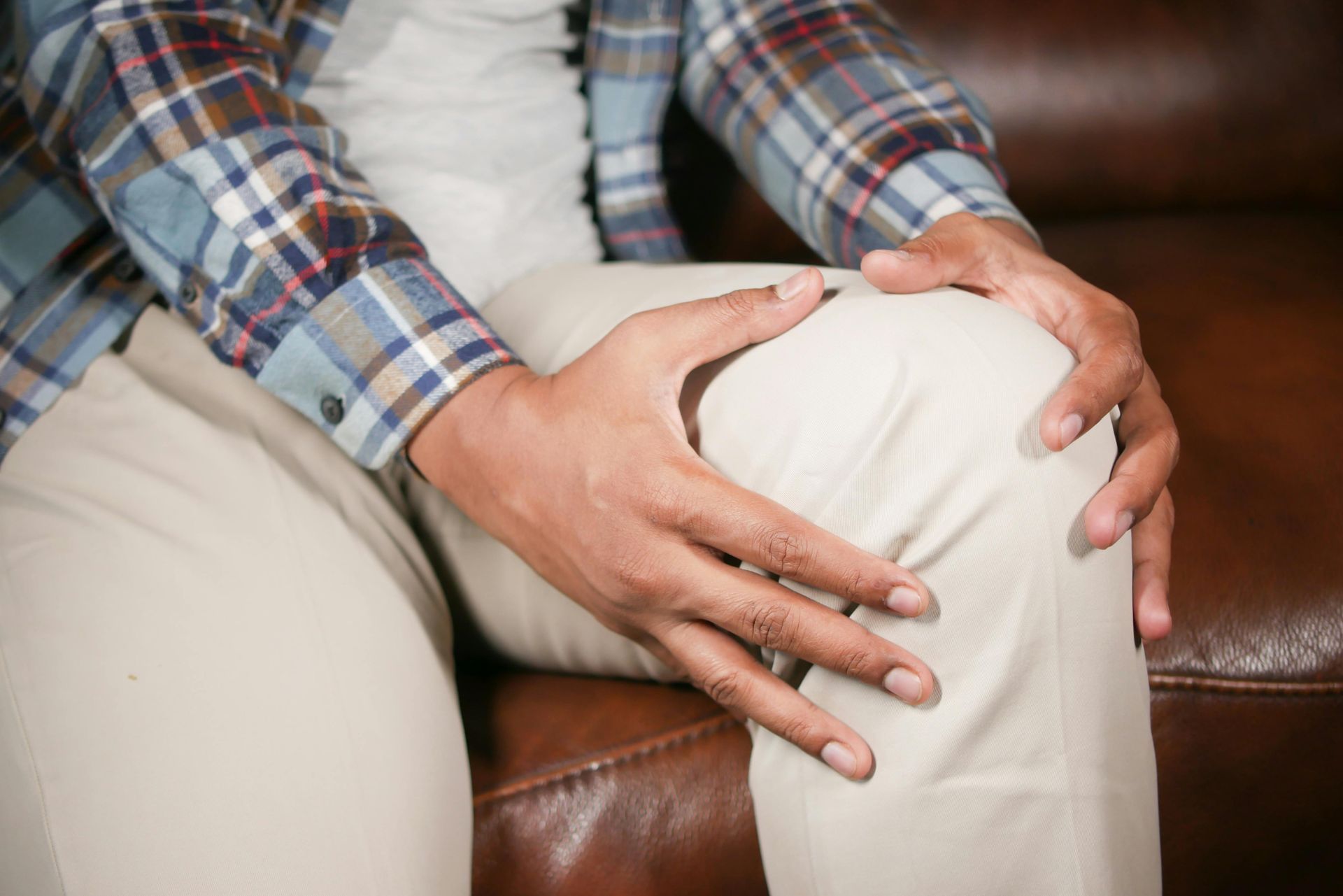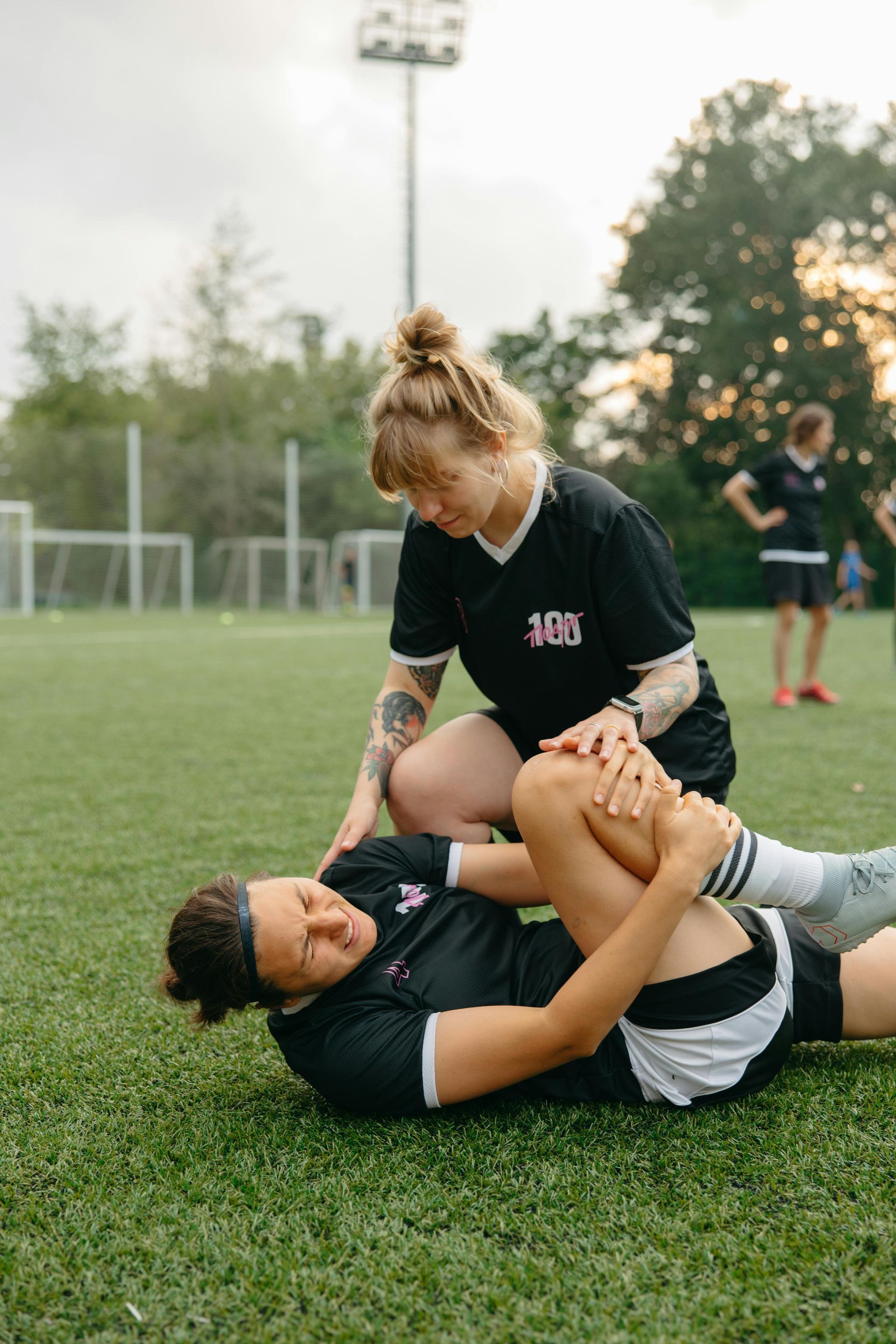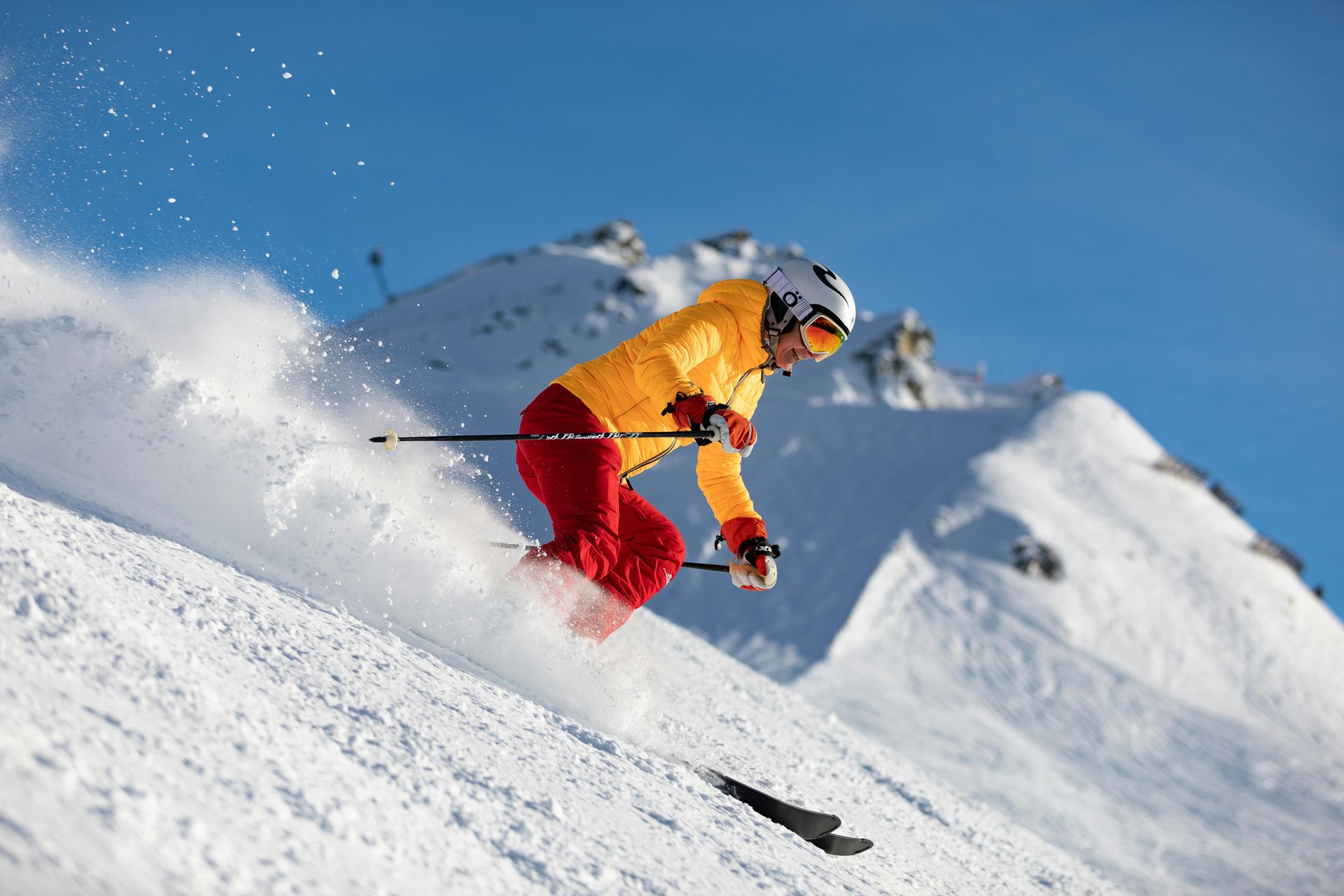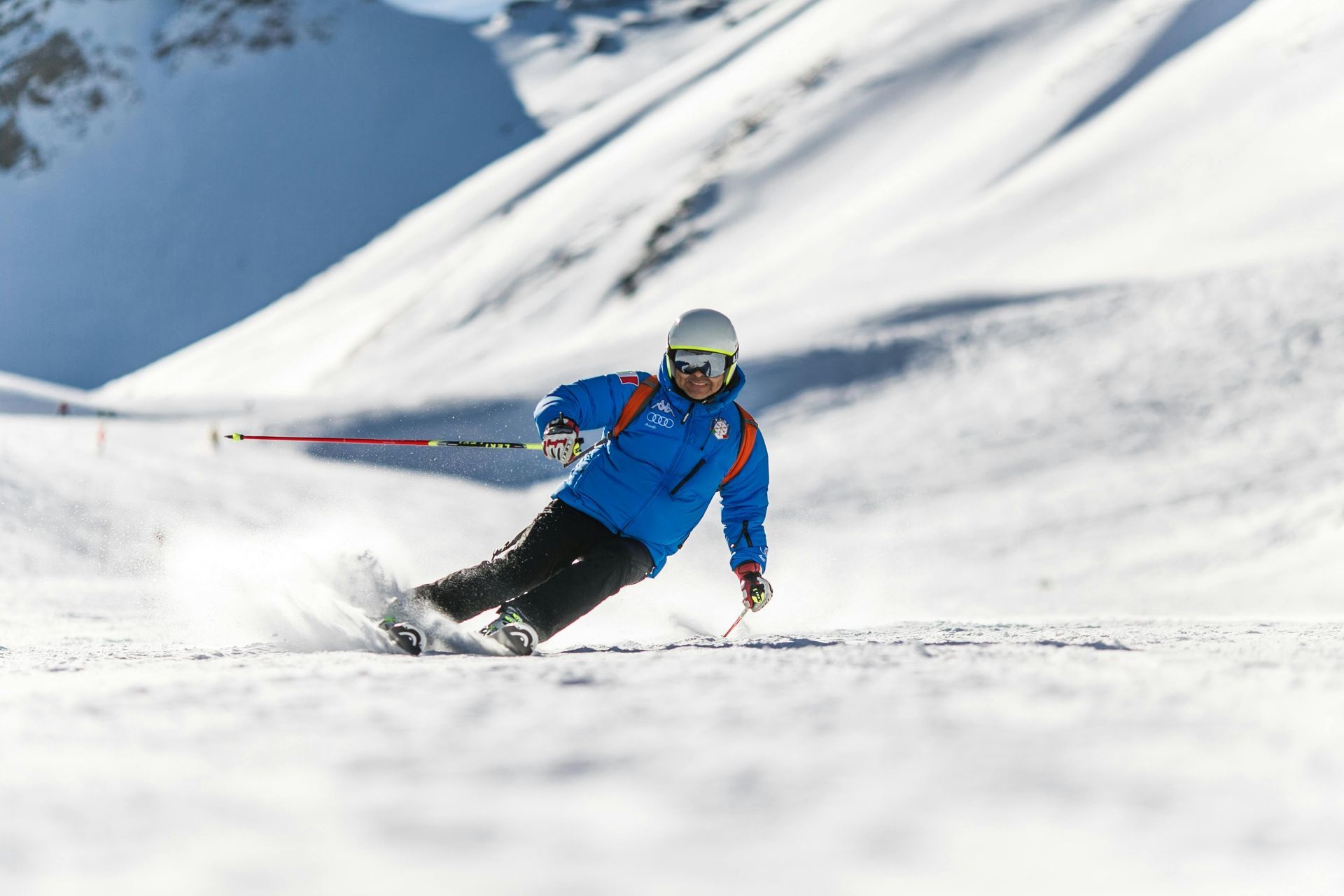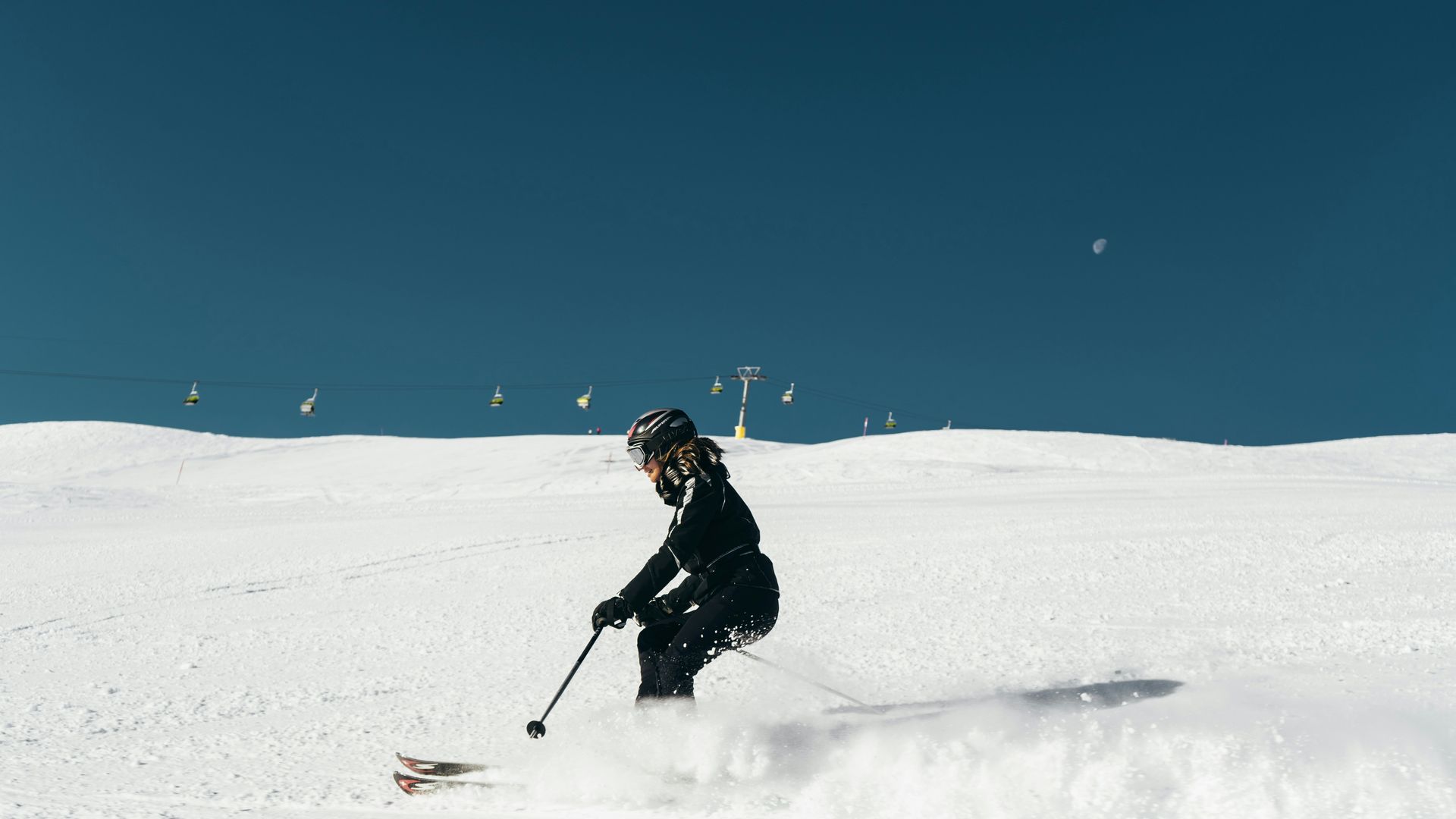Kneed to Know
With the gradually lengthening days and spring just starting to ease into view, most of us will have a desire to achieve new fitness goals for 2021. Leading Yorkshire consultant knee surgeon Mr Owen Wall explores how you can make this happen safely.
The most recent lockdown restrictions, which have seen further closure of gyms and outdoor fitness clubs have once again turned people’s attention towards running and cycling. Running had already gained popularity over the summer, while the UK also saw the biggest rise in new bicycle purchases since 2014. As the weather improves through the spring, many will once again don their trainers and dust down their bikes to enjoy the great outdoors. If you are keen to either start or restart these activities, what are the best things to do in order to protect your knee health and prevent injuries?
Hit the Ground Running
A new pair of running shoes enables both young and old to easily consider the “couch to 5k” as an achievable goal. However, running can often be associated with knee problems. Those who already have advanced ‘wear and tear’ changes within their joints will have been advised not to run by their GP or specialist surgeon, and this advice holds true. For those of us with good joints however, running can increase the ability of the cartilage surfaces to withstand increasing loads and therefore become less susceptible to sustaining long term damage.
So, how does one maximise the benefits of running while avoiding injury? Most ‘injuries’ suffered by runners are in fact overuse injuries and relate to the tendons which connect the various muscles to the bones of the knee joint. For example, Runners Knee is inflammation of the thick band of stabilising tissue on the outside of the knee joint, the symptoms can be near the knee or also commonly near the outside of the hip. This and patella tendon inflammation are the two most common problems suffered by runners. There are less common problems that may also affect the internal structures of the joint – but these are rare.
To minimise the occurrence of these problems, ensure you always do the following:
- Ensure you have a good pair of well-cushioned running shoes, fitted by an expert, who has studied your gait pattern.
- Stretch and warm up prior to your run.
- If you are a novice, always start slowly and build gradually - no more than 10% gain in intensity or distance per workout.
- Stretch and cool down after your activity.
- Maintain good muscle strength and balance to the core, hip and knee.
- Try not to use a new pair of trainers for a big event, ensuring you break them in beforehand.
- If you develop niggles around the knee, rest your running for a week to see if they resolve.
- Should you develop problems with your knee joints, seek help from an expert.
In the Saddle
Cycling in the UK has witnessed a steady rise in popularity since Le Grand Depart and the next two stages of the Tour de France were hosted by Yorkshire in 2014. It is a great way of keeping healthy and active and also seeing the countryside. In Yorkshire we are blessed with having some of the best countryside, quiet roads and challenging terrain (if you choose to look for it) for cyclists in the UK.
Cycling is an easy sport to start – a roadworthy bike, a helmet and some hi-visibility clothing is enough to get pedalling. One of the big advantages of this particular exercise is that it affords protection for the knees and hips and this thankfully means that internal joint injuries are rare. However, even experienced cyclists can develop injuries. Most of these relate to overuse issues and effect the tendons which attach the muscles around the knee to the thigh and shin bone. There are occasionally issues within the knee joint too such as an exacerbation of wear and tear to the knee articular cartilage surfaces, which may cause swelling and pain. Obviously, if a cyclist were to experience such problems, they should rest and ice the joint, apply compression and seek expert opinion if the symptoms persist.
To minimise the likelihood of developing such issues, it’s important to remember the following:
- Make sure your bike is roadworthy, has working brakes, correct tyre pressures and smoothly working gears.
- If you are new to cycling, make sure your seat height is set correctly. Too low and your knees may suffer, too high and your hips and ankles will suffer.
- If you are starting out (or restarting following a break), try not to overdo your distance – aim to ride steadily for 30 to 45 mins and build from there.
- If you are using clip-in pedals, ensure these have been set correctly and allow your foot to attain its natural angle in the pedal.
- Practice exiting clip-in pedals smoothly to avoid falls at traffic lights or junctions.
- If you develop soreness, swelling or stiffness in the tendons or muscles around the knee or within the knee itself, take some time off to recover.
- If these symptoms persist, seek expert help
Hopefully, as spring becomes summer, those of you who have chosen running and cycling as a way to keep active and healthy into 2021 will find that your efforts are rewarded with a new-found wellbeing that continues for the rest of this year.
If you do find that you are having persistent issues with your knees, make sure you seek help and guidance from an expert who can diagnose, treat and help you return to an active lifestyle as quickly as possible.
Call Owen’s secretary, Elaine, on 0113 3882009 or email elaine.ingham@nuffieldhealthcare.com to arrange a consultation at Nuffield Hospital Leeds or Spire Hospital Leeds or fill out our contact form using the button below.
